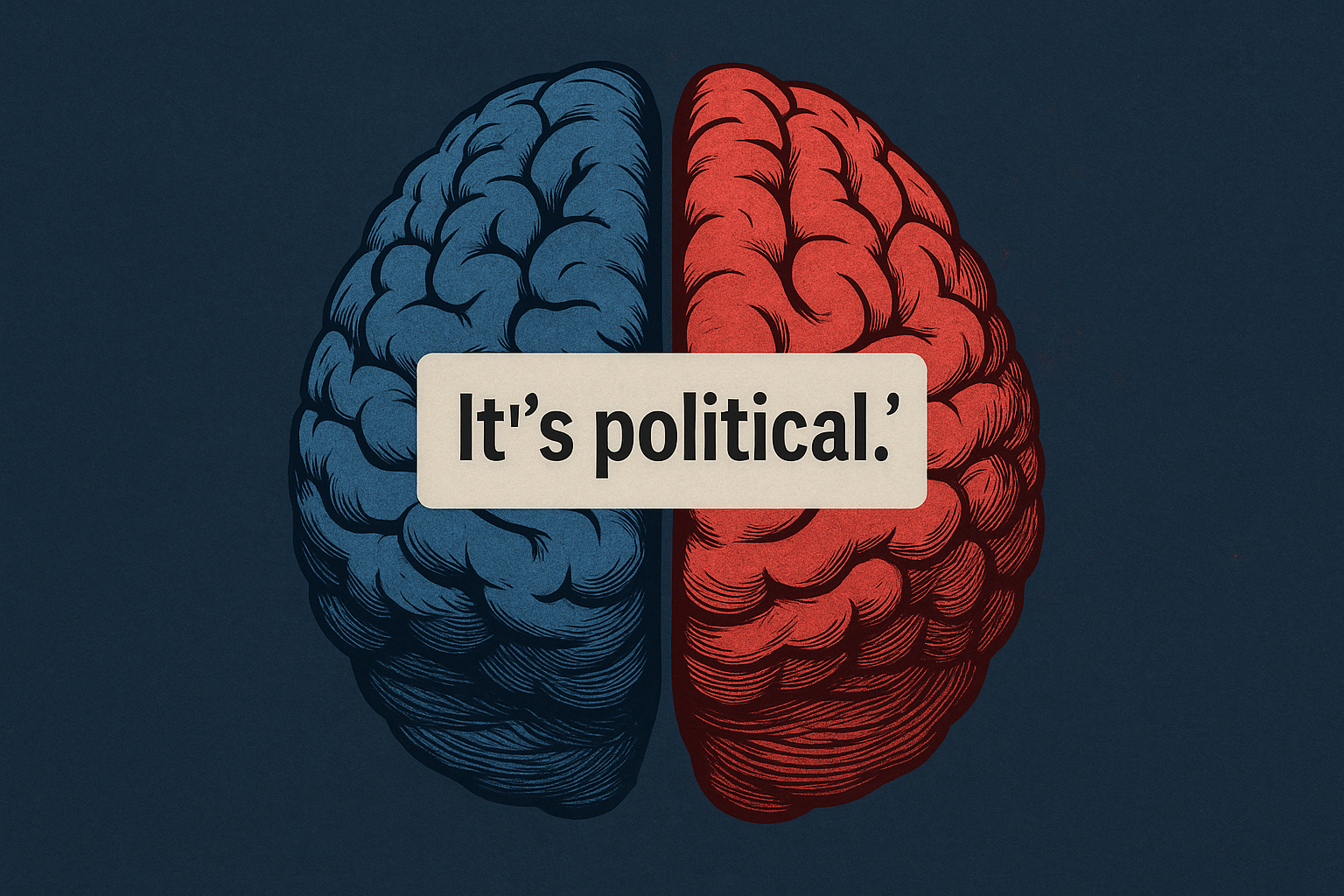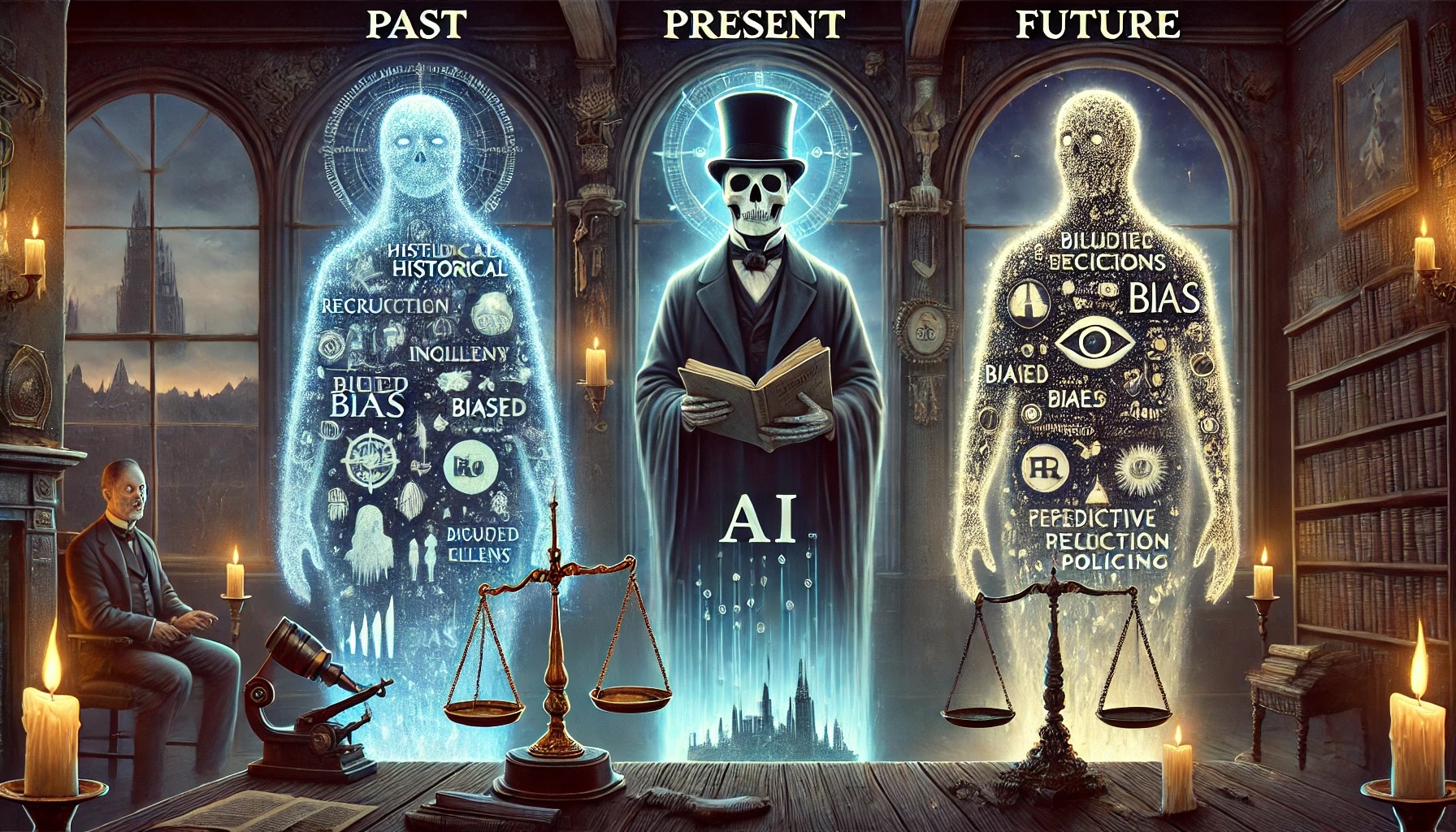As reported in Deloitte’s 2016 article on the topic, bias in all its forms – cognitive, social and institutional – is an inclusive leader’s achilles’ heel. When working with clients on these challenges, I typically start with the five most common cognitive biases, and use the language of these five biases to guide clients towards unlearning other pervasive social and institutional biases. Our world today is suffering from a veritable pandemic of two unique cognitive biases: Confirmation Bias and Normalcy Bias.
Confirmation Bias
Let’s start w/Confirmation Bias. This is the tendency to interpret new evidence as confirmation of one’s existing beliefs or theories. For example, think about how our news media machine churns out a seemingly endless cycle of not-so-new narratives. Each episode cites another “expert”, and a loose collection of “data” stitched together to support a preconceived belief. Journalism has evolved from a once a day evening or print news cycle to a continuous 24 hours a day relentless stream of noise. Our brains incessantly seek out certainty in the way of answers, and often scroll to the next online article in search of information that supports our existing beliefs about “reality”. What are we missing? The rest of the story! Each article is framed as having the answers we seek, and yet, at some level, our minds know that reality cannot be this simplistic. There must be more. So we go in search of more news. Another headline. More narrow narratives that claim to “know” something. Even fact-based stories often fail to provide a broad enough perspective to genuinely help us reach a rational conclusion. Most of the time we’re left with some measure of fear, or at least an unsettling feeling that leaves us still seeking more of “something”. More answers. More reassurance. More information. So, what do we do? We continue to read more articles! Or view more videos. Unconsciously, we often end up seeking more noise to justify our own preconceived ideas. We develop an addiction to more nonsense. We crave it. And we find it, as there’s plenty of nonsense out there. Mission accomplished! The media beast continues to feed our insatiable appetite. Social and mass media are engineered to keep us scrolling to the next story and the vicious cycle never stops.
Normalcy Bias
The other current prevailing wind of bias is Normalcy Bias. Normalcy Bias is overvaluing that which is perceived as “normal”. This tendency leads people to disbelieve or minimize threat warnings, for example, such as those requiring us to shelter in place in order to avoid the uncontrolled spread of a deadly disease. Consequently, individuals underestimate the likelihood of a disaster, even when it might affect them, and its potential adverse effects on them and others. This Normalcy Bias wind blew through our lives for many of us when we first heard of COVID-19 and denied clear signs that this was not just another strain of influenza. Normalcy Bias is demonstrated in statements like “when we return to normal” or “when things open back up”. While this may be my confirmation bias speaking, I strongly believe that there will NOT be an “return to normal” in the near future, and possibly ever. Even when stores open back up, there will be large plastic barriers between cashiers and patrons. People will continue to wear masks and gloves until a vaccine or a cure is readily available. Suspicion will be the immediate reaction when someone near you sneezes. Those who have become accustomed to transacting business virtually may be loath to give up the convenience of a commute-free existence, and even social gatherings may be slow to return to their previous in-person formats. Long after this immediate virus threat fades, there will still be fear and uncertainty in evolving forms, shades, types and flavors.
Biases Work Simultaneously
While isolating and identifying cognitive biases individually helps to understand them better, it is more common that several biases occur simultaneously. When Confirmation Bias is coupled with Normalcy Bias, the combo can have both deadly and disastrous unintended consequences. Remember that warning the next time you hear anyone start a political rant with “If only ______(fill in with your favorite Confirmation Bias), then we would all be fine. We could go back to work, open the economy, and ________(fill in with your favorite Normalcy Bias).” There are usually other perspectives to consider and the implied sense of normalcy is not likely applicable to everyone. However, when you are repeatedly hit with slightly different versions of the same narrative, even when it’s blatantly untrue, the storyline begins to stick. The repetitive storyline becomes the norm. Too often this stickiness leads to negative stereotypes that weave their way into our thinking, behaviors, and relationships. These unquestioned stereotypes become ingrained in our social fabric through media, politics, and our economy.
Adapt and Thrive
Most people that are leading a SIP(Shelter In Place)-life style, will eventually wade back into public waters. And, over time, new norms will replace the handshake, elbow-bump and hug. Once a vaccine is widely available and administered, new norms will be established. Without a doubt, Cognitive Biases will continue to shape our world in new and unforeseen ways. A good question to ask may be, “How might we adapt? What else about this story is not being told? How credible is the source? How large is the data set? What is normal, anyway? How could we limit what we feed the media beast? Can we be comfortable with uncertainty? What would it take for us to restore confidence in the future?” Questions like these generate more critical thought which is a strong defense against the negative impact of Confirmation and Normalcy Bias. Utilize your critical thinking conscious mind during this pandemic and beyond to see beyond the headlines and shape new norms. As we stay focused on the now, enjoy the present reality, we can collectively click the heels of our sparkly red shoes together and remind each other…there’s no place like home!

Percipio Company is led by Matthew Cahill. His deep expertise in cognitive, social, and workplace biases is rooted in the belief that if you have a brain, you have bias®. He works with executives to reduce mental mistakes, strengthen workplace relationships & disrupt existing bias within current HR processes, meeting protocols and corporate policies. Matthew has demonstrated success with large clients like LinkedIn, Salesforce and dozens of small to mid-size companies looking to create more inclusive workplaces, work smarter, generate more revenue and move from bias to belonging®.






